Home>Furniture & Design>Outdoor Furniture>What Is The Best Outdoor Pipe Insulation
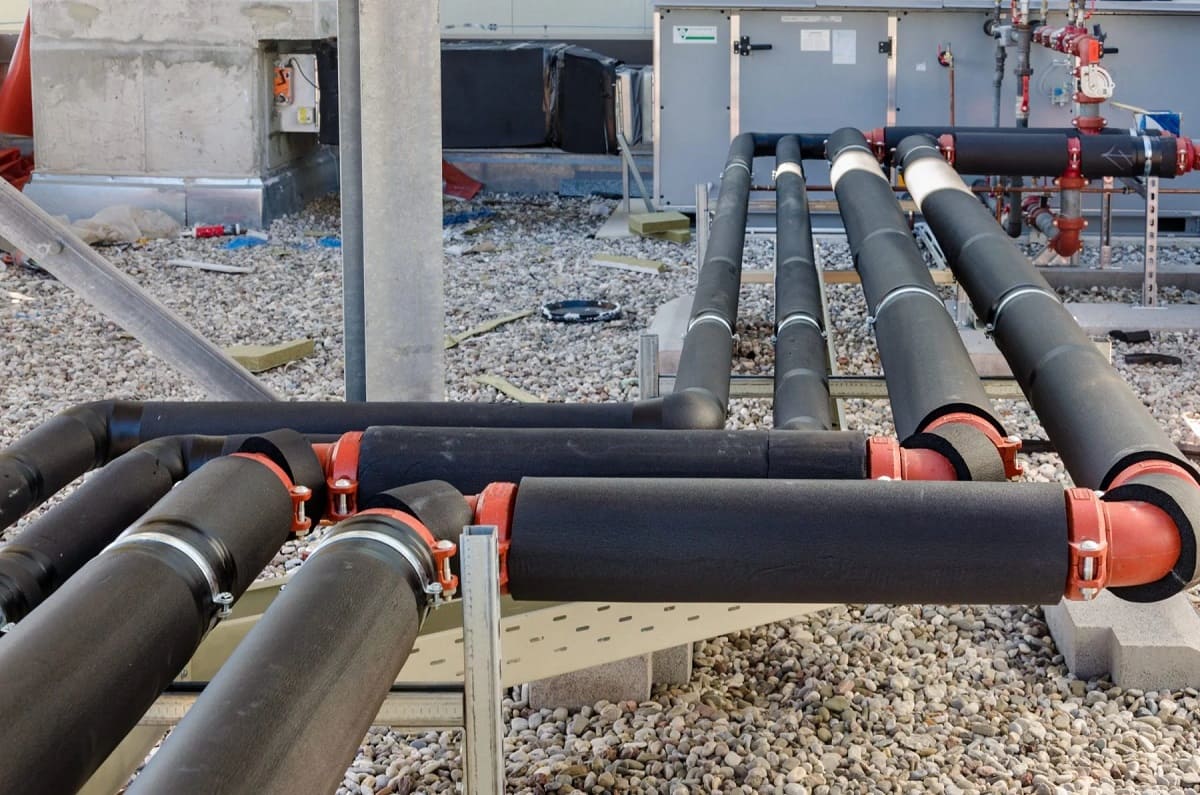

Outdoor Furniture
What Is The Best Outdoor Pipe Insulation
Published: January 14, 2024
Discover the best outdoor pipe insulation for your furniture and design needs. Protect your outdoor furniture with the right insulation solution.
(Many of the links in this article redirect to a specific reviewed product. Your purchase of these products through affiliate links helps to generate commission for Storables.com, at no extra cost. Learn more)
Introduction
When it comes to enjoying the great outdoors, creating a comfortable and inviting space is essential. Outdoor furniture and design play a crucial role in transforming any outdoor area into a welcoming retreat. Whether it's a sprawling backyard, a cozy patio, or a charming balcony, the right outdoor furniture and design elements can elevate the ambiance and functionality of the space.
In the realm of outdoor furniture and design, there are numerous factors to consider, from the materials used to the overall style and functionality. Understanding these elements and how they contribute to the outdoor experience is key to making informed decisions when selecting furniture and designing outdoor spaces.
In this comprehensive guide, we will delve into the world of outdoor furniture, exploring the various types of outdoor furniture, the importance of design considerations, and the best practices for creating an inviting and functional outdoor oasis. Whether you're a seasoned outdoor enthusiast or a newcomer looking to enhance your outdoor living space, this guide will equip you with the knowledge and inspiration needed to make the most of your outdoor area. Let's embark on a journey through the captivating realm of outdoor furniture and design, where creativity, comfort, and style converge to redefine outdoor living.
Key Takeaways:
- Protect outdoor pipes from freezing and conserve energy with the right insulation. Choose from foam, fiberglass, rubber, polyethylene, or reflective insulation based on climate and pipe needs.
- Properly installed outdoor pipe insulation safeguards plumbing systems, promotes energy efficiency, and extends the lifespan of pipes. Follow best practices and consider professional guidance for complex projects.
Read more: How To Insulate Outdoor Pipe
Understanding Outdoor Pipe Insulation
Outdoor pipe insulation is a crucial component of any property’s infrastructure, especially in regions where extreme temperatures are a common occurrence. This insulation serves as a protective barrier for pipes, shielding them from the detrimental effects of harsh weather conditions. By understanding the purpose and benefits of outdoor pipe insulation, property owners can effectively safeguard their plumbing systems and prevent potential issues arising from temperature fluctuations.
One of the primary functions of outdoor pipe insulation is to prevent pipes from freezing in cold weather. When water within the pipes freezes, it expands, exerting immense pressure on the pipe walls and potentially leading to cracks or bursts. Outdoor pipe insulation acts as a thermal barrier, helping to maintain a consistent temperature within the pipes and thwarting the risk of freezing.
Beyond protecting against freezing, outdoor pipe insulation also aids in conserving energy. By minimizing heat loss from hot water pipes and preventing heat gain in cold water pipes, insulation contributes to more efficient energy usage, ultimately reducing utility costs. Additionally, insulated pipes are less prone to condensation, which can mitigate the risk of moisture-related damage and mold growth.
Understanding the significance of outdoor pipe insulation involves recognizing its role in preserving water quality. In warmer climates, uninsulated pipes can lead to water temperature fluctuations, potentially compromising water quality. Insulation helps to stabilize water temperatures, ensuring that the water flowing through the pipes remains at an optimal and consistent temperature.
Moreover, outdoor pipe insulation can contribute to the longevity of plumbing systems. By shielding pipes from the detrimental effects of weather exposure, such as UV radiation and extreme temperatures, insulation helps to extend the lifespan of the pipes, reducing the need for frequent maintenance and replacements.
Overall, comprehending the purpose and benefits of outdoor pipe insulation is essential for property owners seeking to safeguard their plumbing systems and optimize energy efficiency. By investing in high-quality insulation and implementing best practices for installation, property owners can fortify their pipes against the challenges posed by outdoor environments, ensuring reliable and efficient plumbing performance.
Types of Outdoor Pipe Insulation
Outdoor pipe insulation comes in various forms, each tailored to specific requirements and environmental conditions. Understanding the different types of insulation is crucial for selecting the most suitable option based on the unique needs of the property and the climate in which it is located.
1. Foam Insulation: This type of insulation is commonly used for outdoor pipes due to its versatility and ease of installation. Foam insulation sleeves are designed to fit around pipes, providing a protective layer that helps prevent heat loss in hot water pipes and inhibits freezing in cold water pipes. These sleeves are typically constructed from durable, weather-resistant materials, making them well-suited for outdoor applications.
2. Fiberglass Insulation: Fiberglass insulation is renowned for its excellent thermal performance and resistance to moisture, making it a popular choice for outdoor pipe insulation. It is available in the form of flexible wraps or rigid boards, allowing for seamless installation around pipes of varying diameters. Fiberglass insulation effectively minimizes heat transfer and provides reliable protection against temperature fluctuations.
3. Rubber Insulation: Rubber insulation is well-suited for outdoor pipes exposed to harsh weather conditions, as it offers exceptional durability and weather resistance. This type of insulation is known for its flexibility, allowing it to conform to the contours of pipes and provide a secure, moisture-resistant barrier. Rubber insulation is particularly effective in preventing condensation and maintaining consistent temperatures within the pipes.
4. Polyethylene Insulation: Polyethylene foam insulation is widely used for outdoor pipe applications, offering a combination of thermal insulation and moisture resistance. This type of insulation is lightweight, making it easy to handle during installation, and it provides reliable protection against temperature extremes and environmental elements.
5. Reflective Insulation: Reflective insulation utilizes a reflective surface to minimize radiant heat transfer, making it an effective choice for outdoor pipe insulation in sunny or high-temperature environments. By reflecting heat away from the pipes, this insulation helps maintain optimal temperatures and reduces the risk of heat-related damage.
When selecting outdoor pipe insulation, it is essential to consider factors such as the local climate, the specific requirements of the plumbing system, and the desired level of thermal performance. By choosing the most suitable type of insulation and ensuring proper installation, property owners can effectively protect their outdoor pipes from the challenges posed by varying weather conditions, ensuring reliable and efficient plumbing performance.
When choosing outdoor pipe insulation, look for materials that are weather-resistant and UV-resistant to withstand outdoor conditions. Additionally, consider insulation with a higher R-value for better energy efficiency.
Factors to Consider When Choosing Outdoor Pipe Insulation
When selecting outdoor pipe insulation, several crucial factors should be taken into account to ensure optimal performance and long-term protection for the plumbing system. By carefully considering these factors, property owners can make informed decisions and choose insulation that is best suited to the specific requirements of their outdoor pipes and the prevailing environmental conditions.
1. Climate: The local climate plays a significant role in determining the appropriate outdoor pipe insulation. In regions with extreme temperatures, such as sub-zero winters or scorching summers, insulation with high thermal resistance and weather durability is essential to protect against freezing, heat loss, and UV degradation.
2. Pipe Material and Diameter: The material and diameter of the pipes should be taken into consideration when selecting insulation. Different pipe materials may require specific types of insulation to ensure compatibility and effective coverage. Additionally, the diameter of the pipes will dictate the size and flexibility of the insulation required for a proper fit.
3. Moisture Resistance: Outdoor pipe insulation should possess excellent moisture resistance to prevent water infiltration, condensation, and corrosion. Moisture-resistant insulation helps maintain the integrity of the pipes and reduces the risk of damage caused by prolonged exposure to environmental moisture.
4. UV Protection: In sunny or exposed outdoor environments, UV-resistant insulation is essential to shield the pipes from the damaging effects of prolonged sun exposure. UV protection helps maintain the structural integrity of the insulation and prolongs its service life, ensuring reliable long-term performance.
5. Installation Accessibility: Consider the accessibility of the pipes and the ease of installation when choosing outdoor pipe insulation. Flexible and easy-to-handle insulation may be preferable for pipes located in tight or confined spaces, simplifying the installation process and ensuring a secure fit.
6. Energy Efficiency: Insulation with high thermal resistance can contribute to energy efficiency by minimizing heat loss in hot water pipes and preventing heat gain in cold water pipes. By choosing insulation with superior thermal performance, property owners can optimize energy usage and reduce utility costs.
7. Longevity and Durability: Select insulation that offers long-term durability and resilience against environmental factors, such as temperature fluctuations, moisture, and mechanical wear. Durable insulation can prolong the lifespan of the pipes and reduce the need for frequent maintenance or replacement.
By carefully evaluating these factors and selecting outdoor pipe insulation that aligns with the specific demands of the property and the prevailing outdoor conditions, property owners can effectively protect their plumbing systems and ensure reliable performance in diverse weather scenarios.
Best Practices for Installing Outdoor Pipe Insulation
Proper installation is essential to maximize the effectiveness of outdoor pipe insulation and ensure long-term protection for the plumbing system. By following best practices during the installation process, property owners can safeguard their pipes against temperature fluctuations, moisture infiltration, and environmental wear, thereby promoting optimal performance and durability.
1. Prepare the Pipes: Before installing insulation, thoroughly clean the exterior of the pipes to remove any dirt, debris, or rust. Ensuring a clean and smooth surface will promote better adhesion and prevent potential damage to the pipes over time.
2. Measure and Cut Precisely: Accurate measurements of the pipes’ diameter and length are crucial for cutting the insulation to the appropriate size. Use a sharp utility knife or insulation cutter to achieve clean, precise cuts that facilitate a snug and secure fit around the pipes.
3. Secure the Insulation: Wrap or fit the insulation around the pipes, ensuring a tight and uniform coverage without gaps or overlaps. Use adhesive or tape designed for insulation to secure the seams and edges, preventing air or moisture infiltration and enhancing the insulation’s effectiveness.
4. Seal Openings and Joints: Pay close attention to sealing any openings or joints in the insulation to prevent air and moisture from penetrating the protective barrier. Utilize insulation tape or sealant to effectively seal gaps and ensure a continuous and airtight insulation layer.
5. Protect Exposed Ends: For exposed pipe ends or fittings, consider using protective caps or sleeves to shield them from direct exposure to the elements. This additional layer of protection helps maintain the integrity of the insulation and prolongs its service life.
6. Consider Heat Trace: In areas prone to extreme cold, consider incorporating heat trace cables or tapes with the insulation to provide supplementary heat and prevent freezing. Properly integrate heat trace systems with the insulation for comprehensive freeze protection.
7. Inspect and Maintain: Regularly inspect the installed insulation for signs of damage, wear, or displacement. Address any issues promptly and perform routine maintenance to uphold the integrity and effectiveness of the insulation over time.
8. Seek Professional Guidance: For complex or extensive outdoor pipe insulation projects, consider consulting with experienced professionals to ensure proper installation and adherence to industry best practices. Professional guidance can help optimize the insulation’s performance and longevity.
By adhering to these best practices and taking a meticulous approach to outdoor pipe insulation installation, property owners can fortify their plumbing systems against the challenges of outdoor environments, promoting efficient and reliable performance while extending the lifespan of the pipes.
Read more: How To Insulate Plumbing Pipes
Conclusion
Outdoor furniture and design play a pivotal role in shaping the ambiance and functionality of outdoor spaces, offering an opportunity to create inviting and comfortable environments that cater to diverse needs and preferences. From selecting the right outdoor furniture to incorporating thoughtful design elements, the process of enhancing outdoor living spaces involves a blend of creativity, practicality, and attention to detail.
Similarly, outdoor pipe insulation serves as a vital protective measure, safeguarding plumbing systems from the adverse effects of outdoor conditions and temperature fluctuations. By understanding the purpose and benefits of outdoor pipe insulation, property owners can make informed decisions when selecting and installing insulation, ensuring the reliability and longevity of their plumbing systems.
As property owners navigate the realm of outdoor furniture, design, and infrastructure, it is essential to consider the unique requirements of the outdoor space and the prevailing environmental factors. By prioritizing quality, durability, and functionality in outdoor furniture and design choices, individuals can create captivating and functional outdoor retreats that cater to relaxation, entertainment, and personal enjoyment.
Simultaneously, by embracing the significance of outdoor pipe insulation and adhering to best practices for its selection and installation, property owners can fortify their plumbing systems against the challenges of outdoor environments, promoting efficiency, energy conservation, and long-term reliability.
Ultimately, the world of outdoor furniture, design, and infrastructure offers a canvas for creativity, comfort, and practicality, inviting individuals to craft outdoor spaces that reflect their unique lifestyles and preferences. Whether it’s a serene garden oasis, a vibrant patio setting, or a cozy balcony retreat, the possibilities for elevating outdoor living experiences are as diverse as the individuals who inhabit these spaces.
By embracing the principles of thoughtful design, quality craftsmanship, and proactive maintenance, property owners can create outdoor environments that are not only visually captivating but also resilient, functional, and conducive to a myriad of outdoor activities and gatherings. With a harmonious blend of aesthetic appeal, practicality, and protective measures, outdoor spaces can truly become extensions of the home, providing a seamless transition between indoor comfort and the natural beauty of the outdoors.
Frequently Asked Questions about What Is The Best Outdoor Pipe Insulation
Was this page helpful?
At Storables.com, we guarantee accurate and reliable information. Our content, validated by Expert Board Contributors, is crafted following stringent Editorial Policies. We're committed to providing you with well-researched, expert-backed insights for all your informational needs.
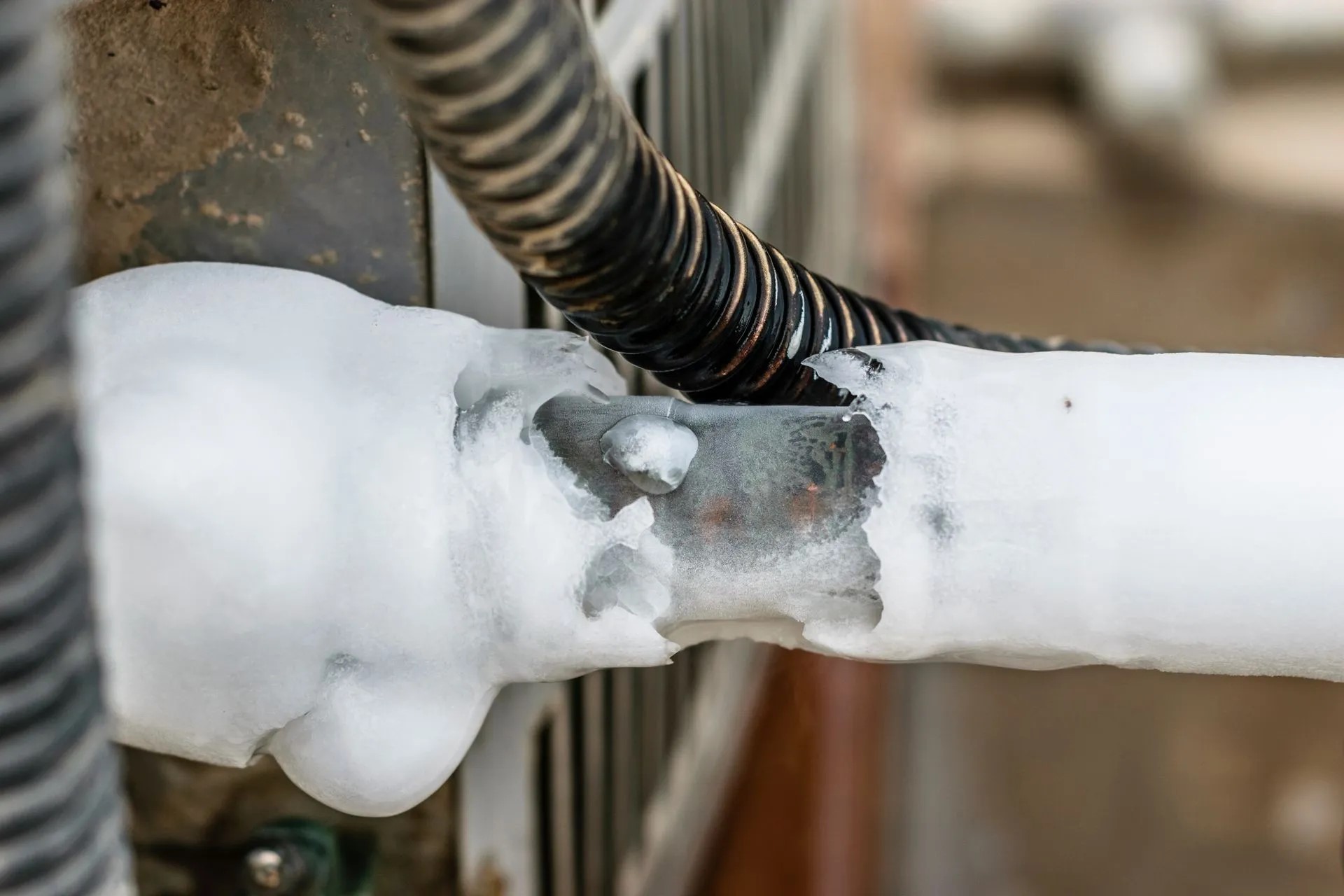
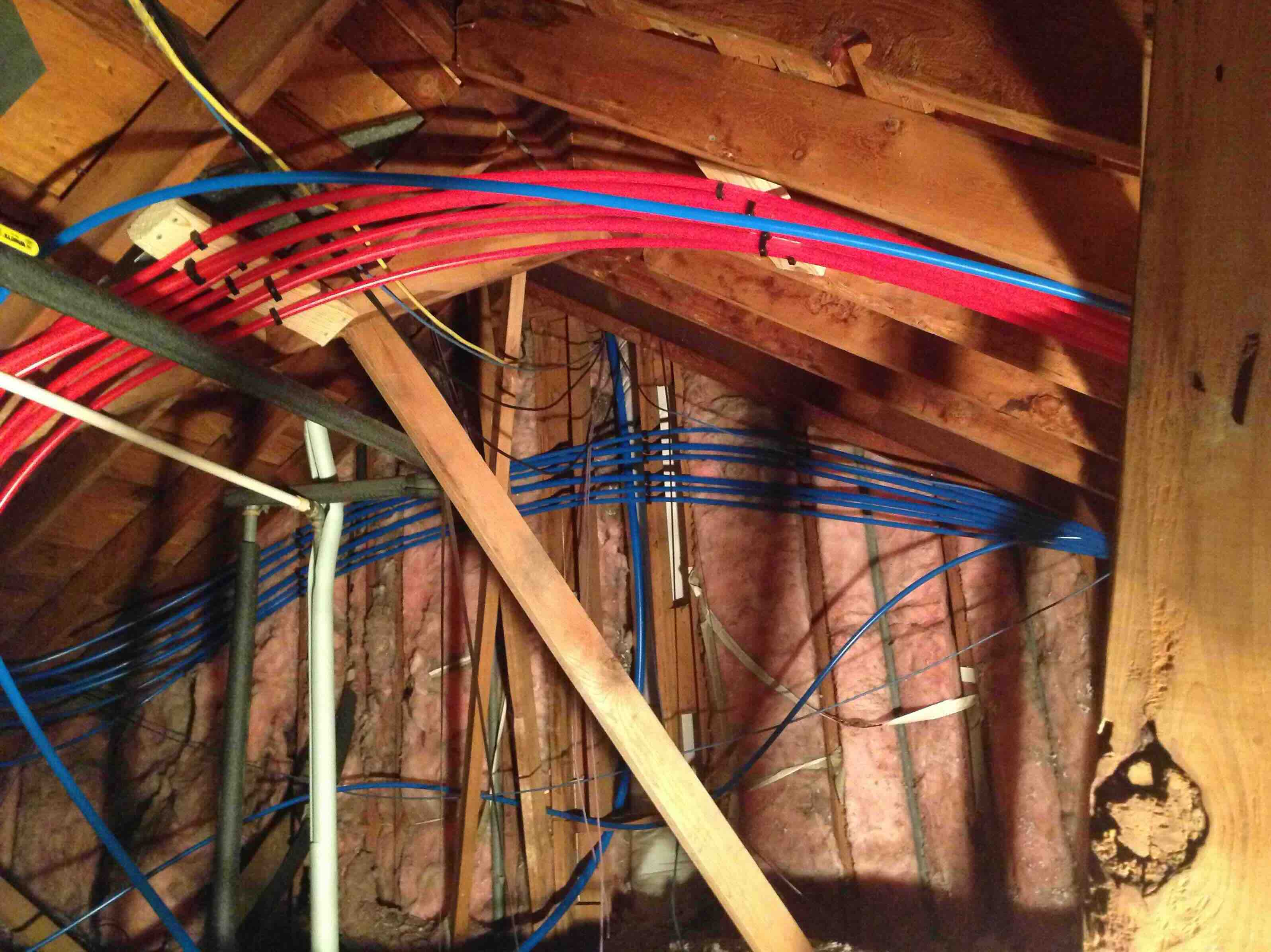
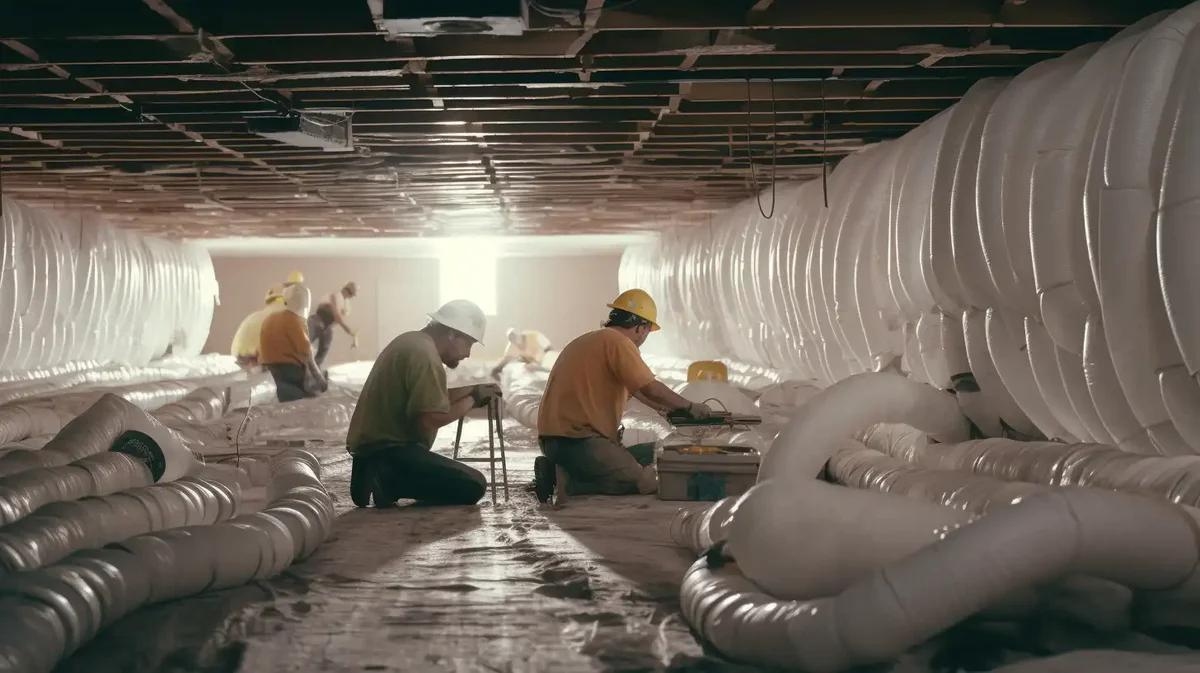
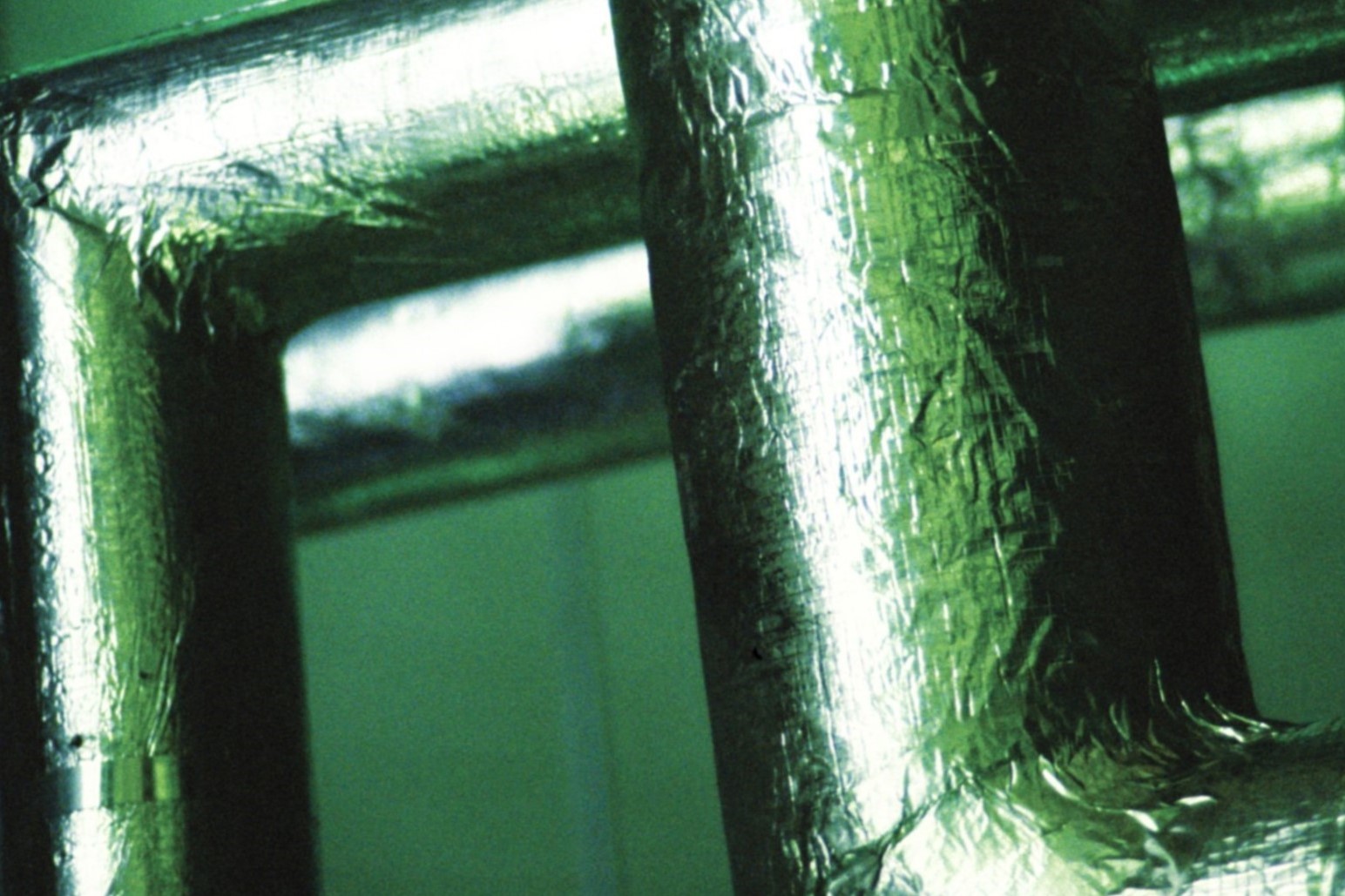
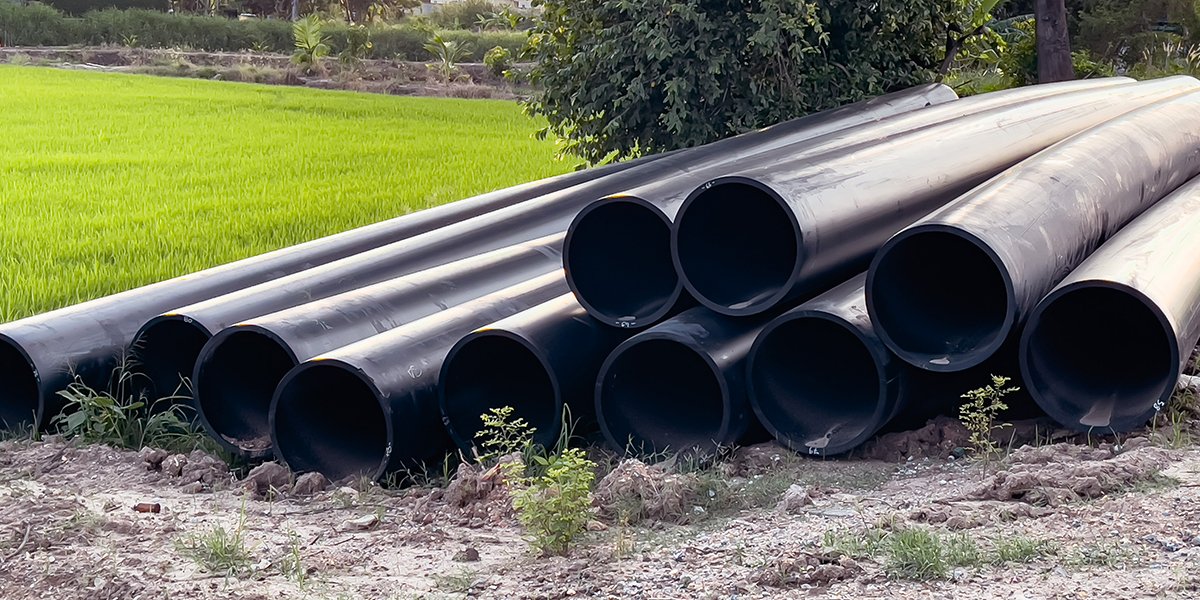
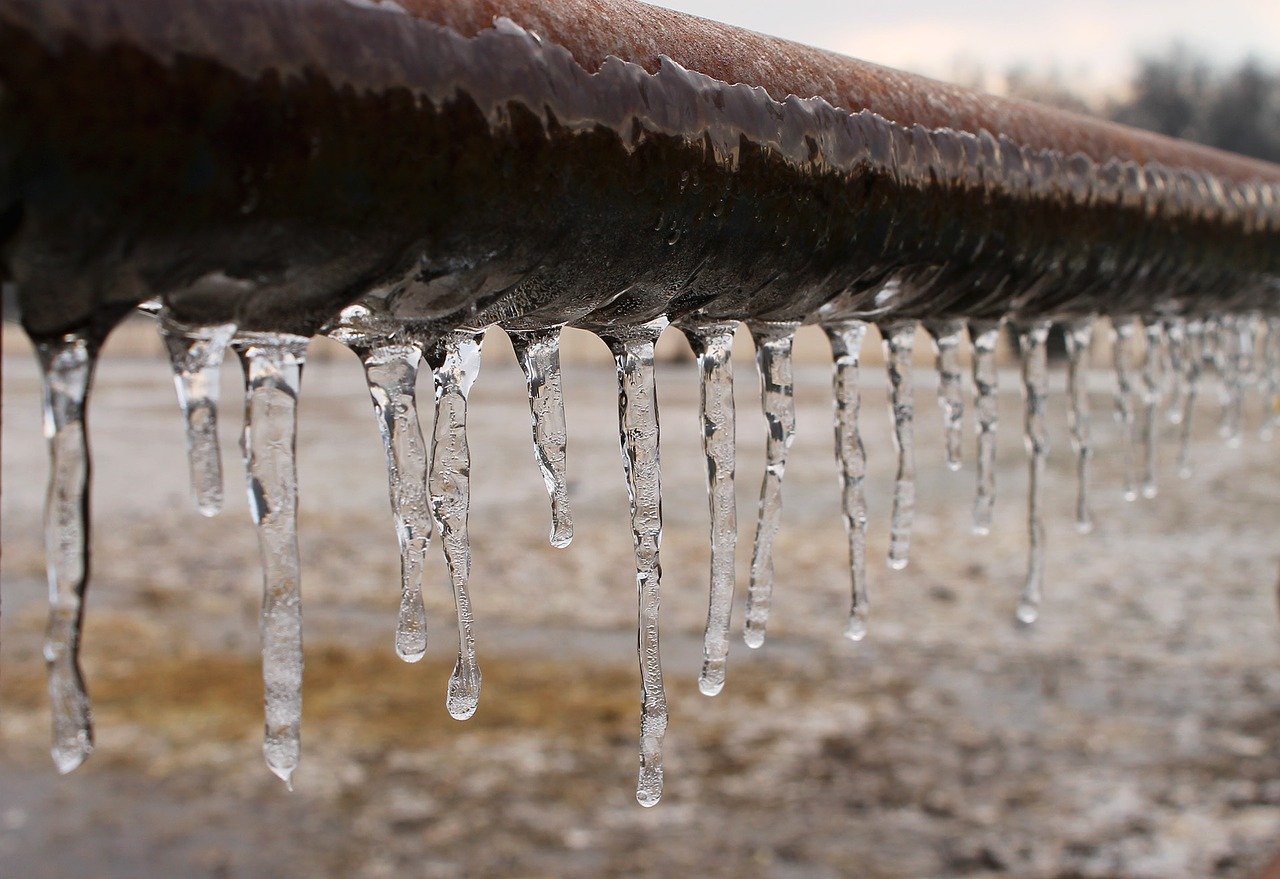
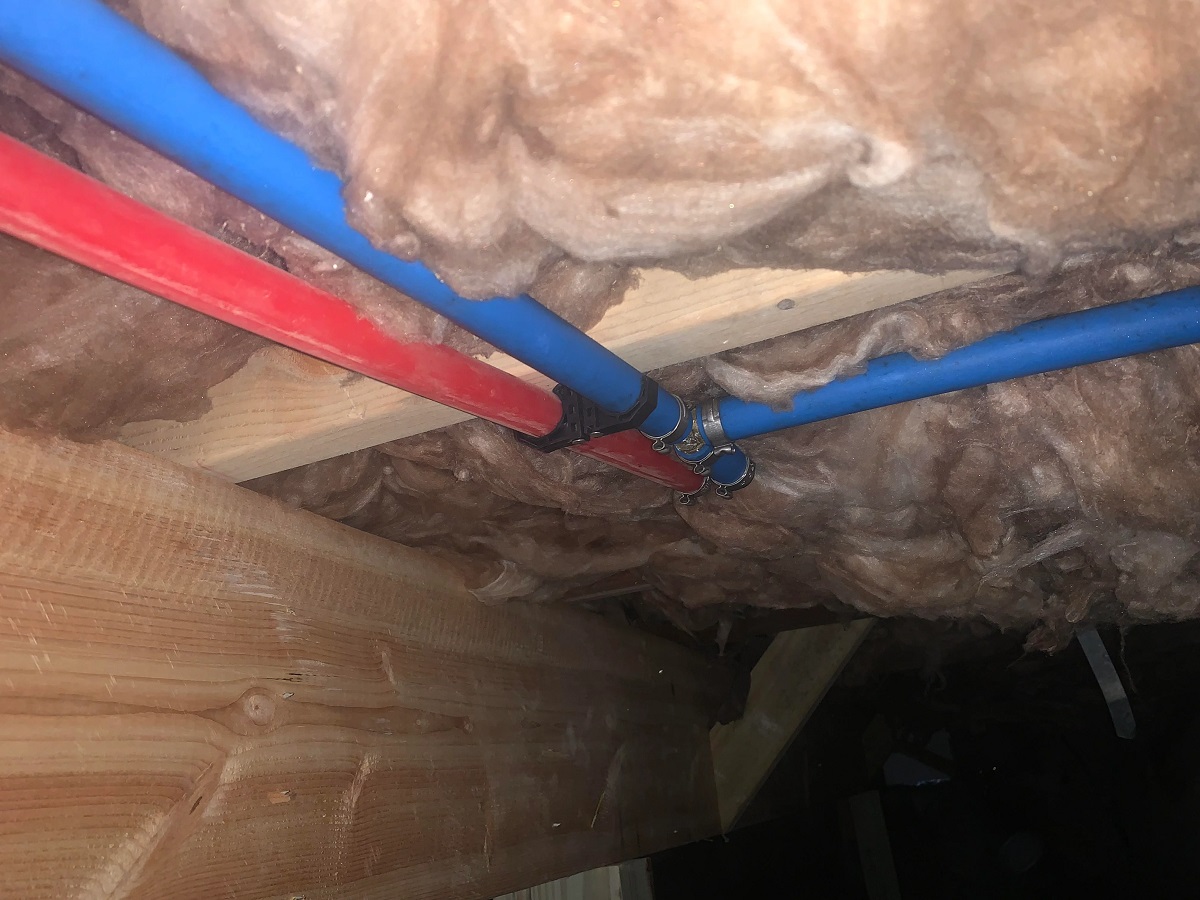
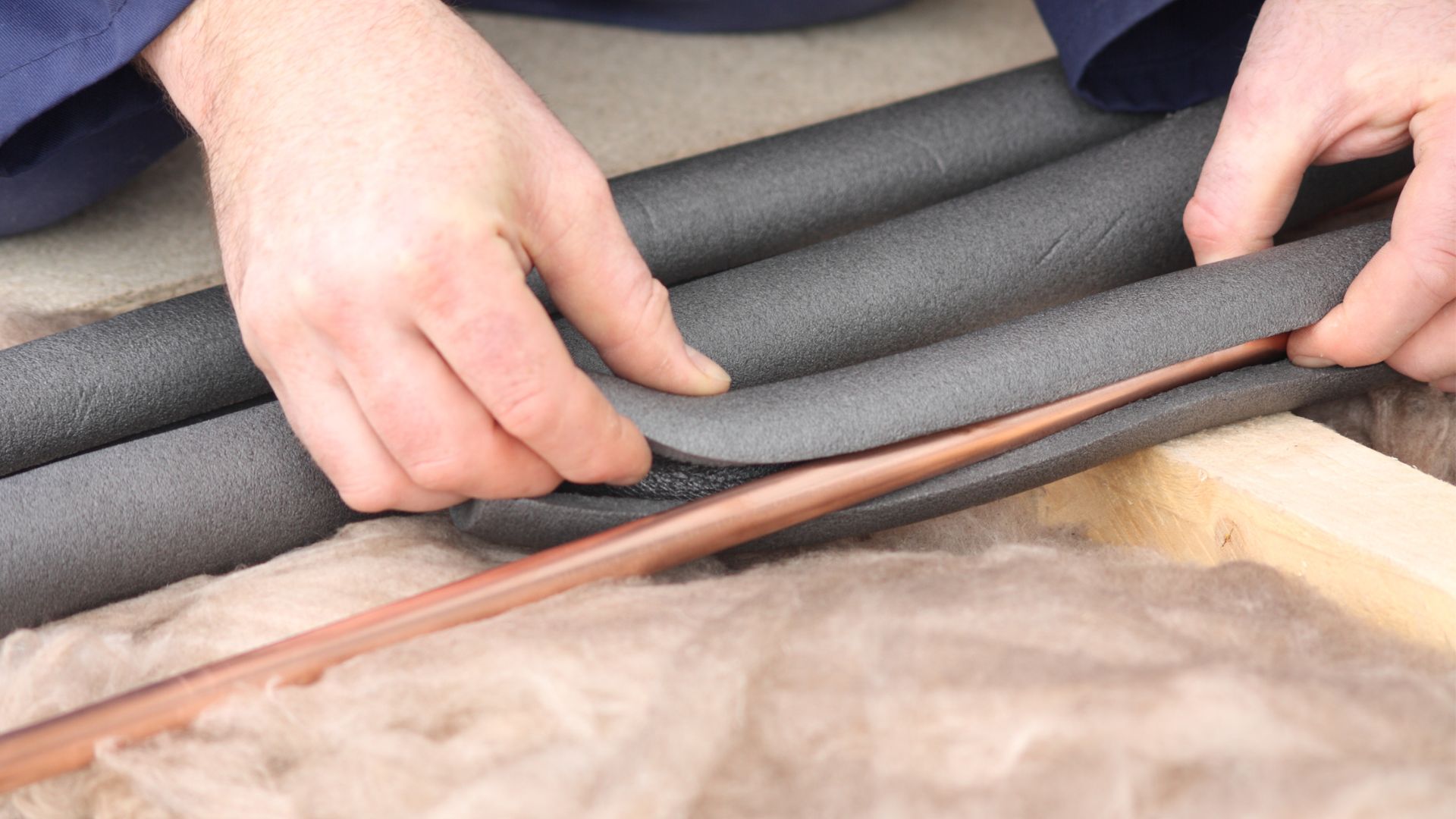
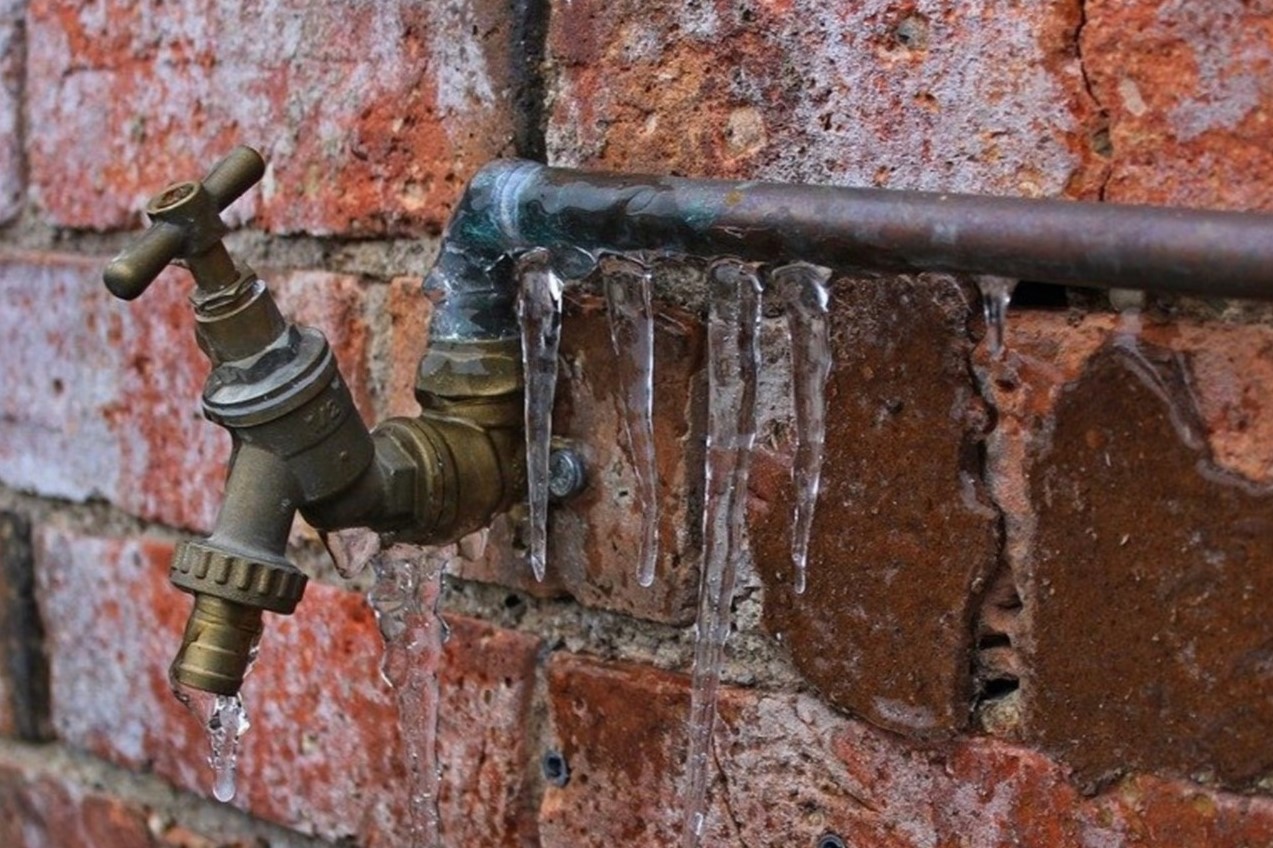
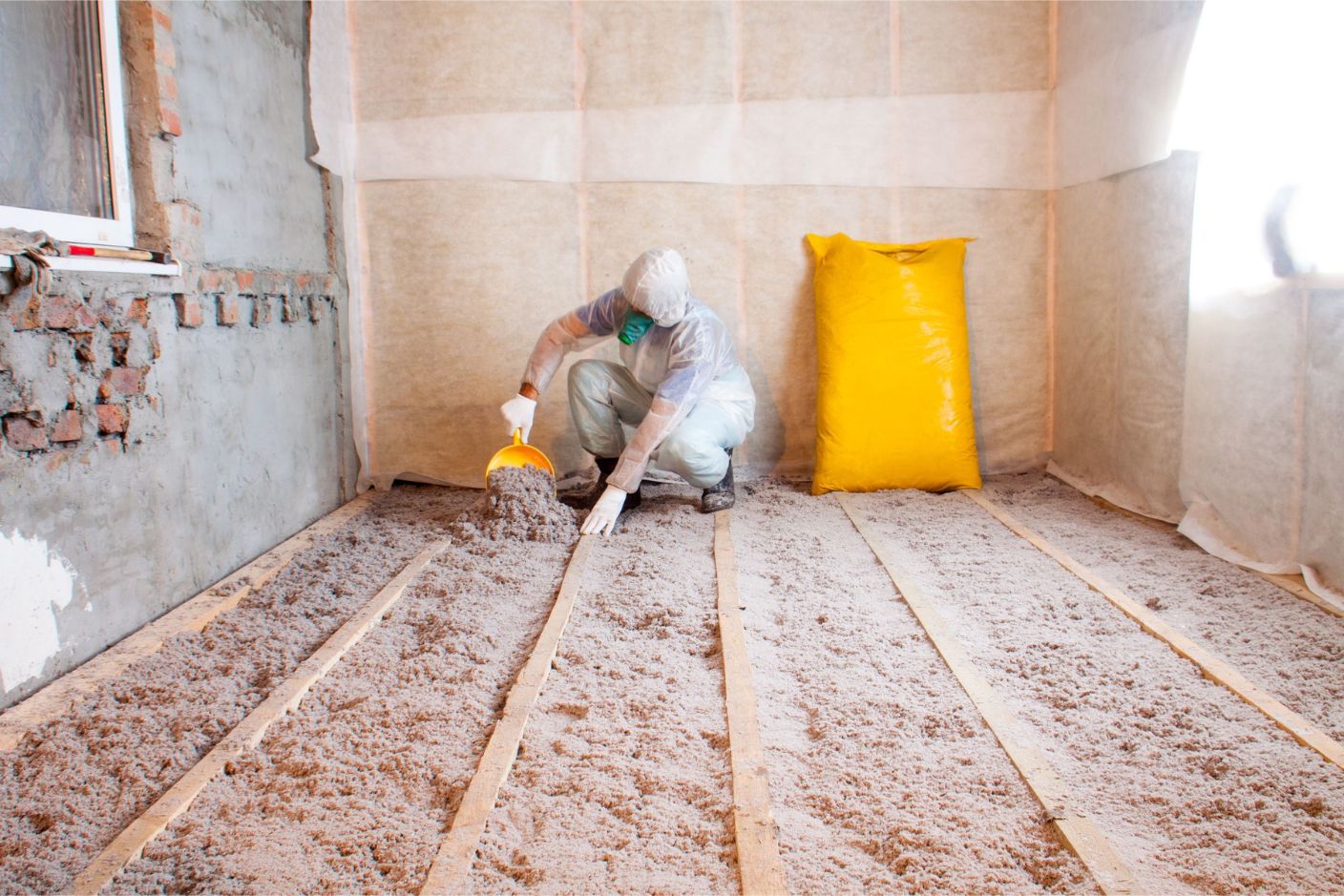
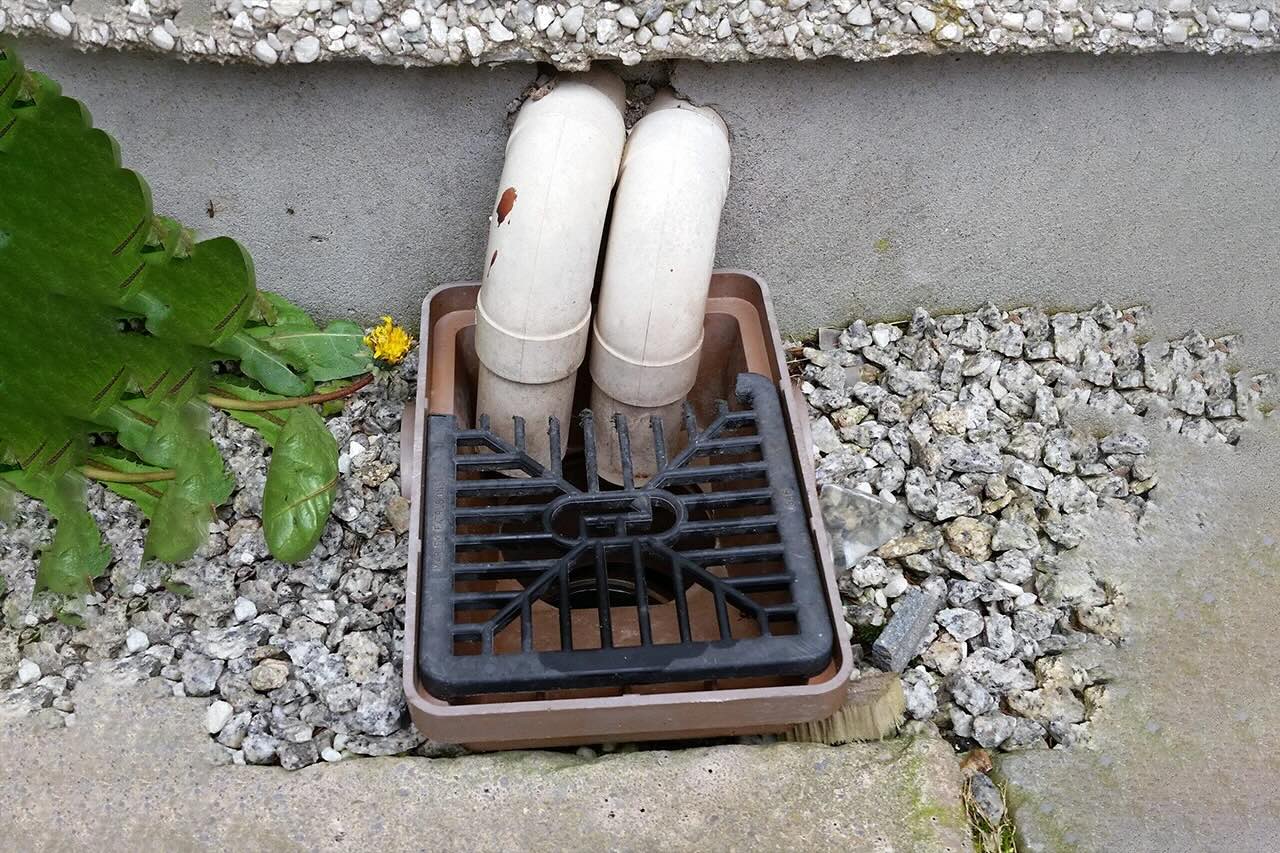
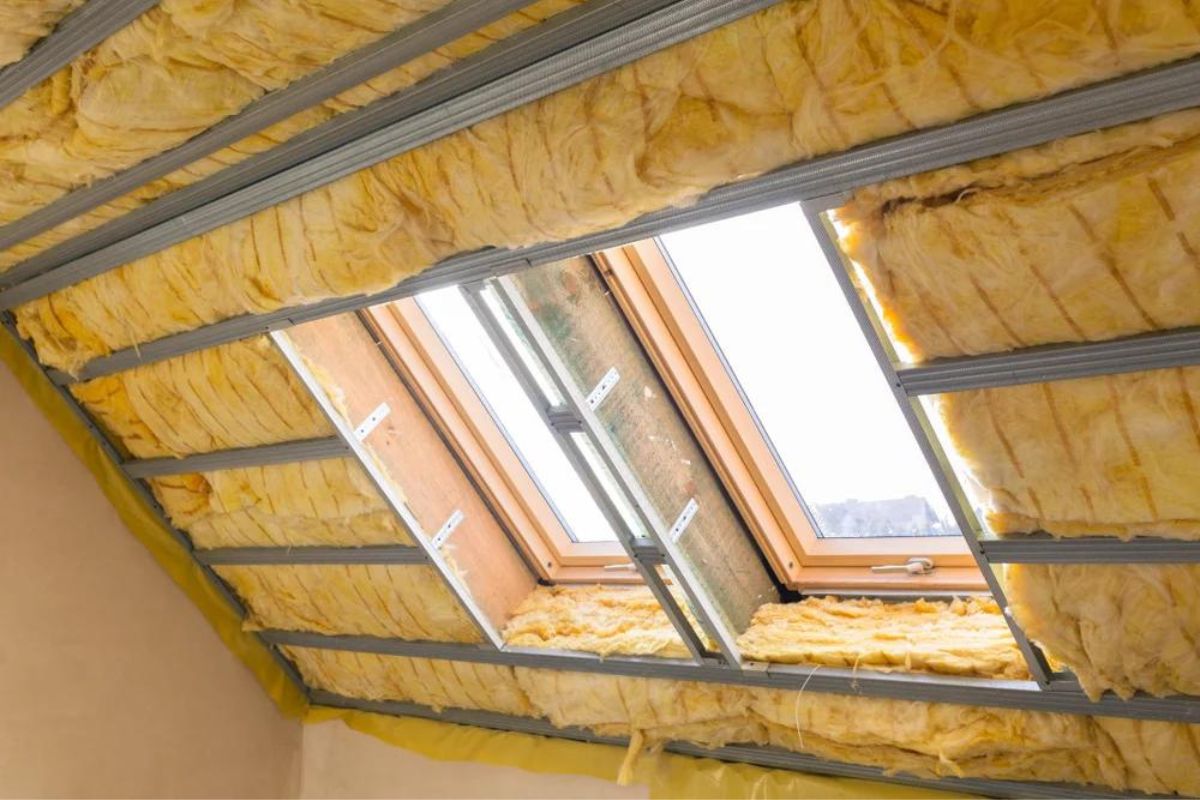
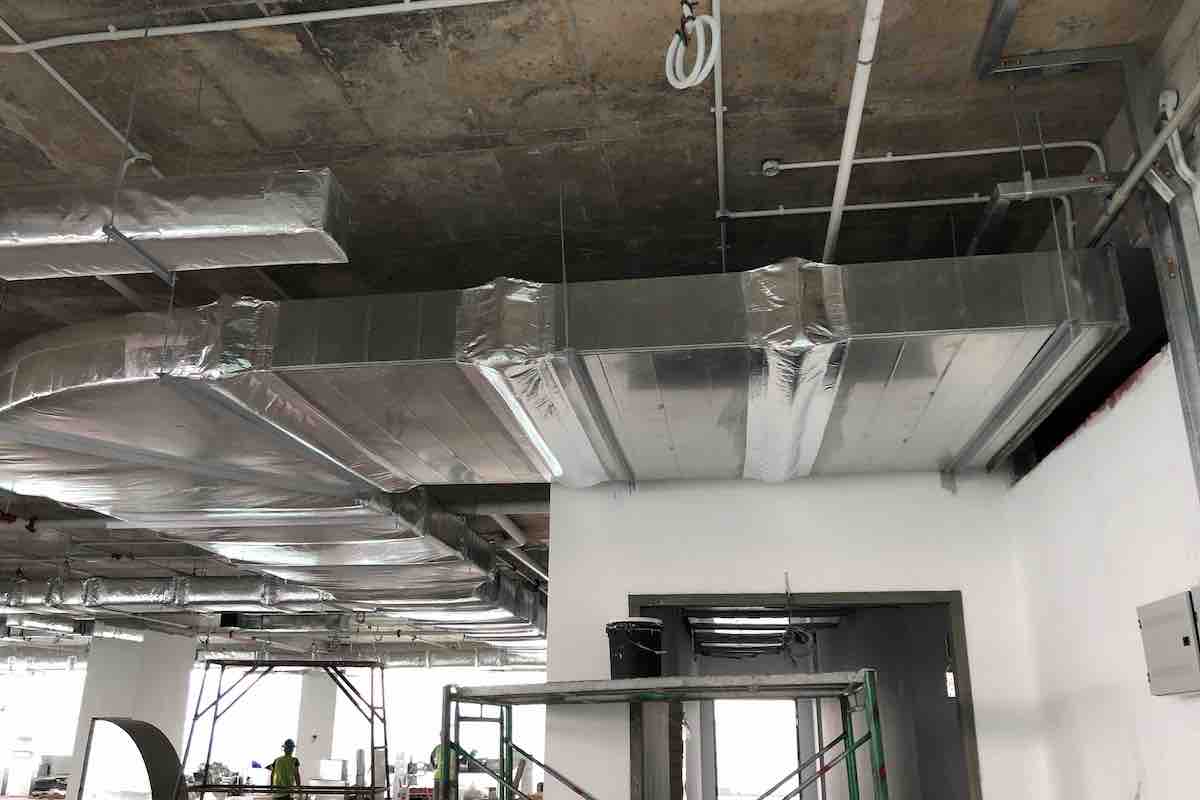
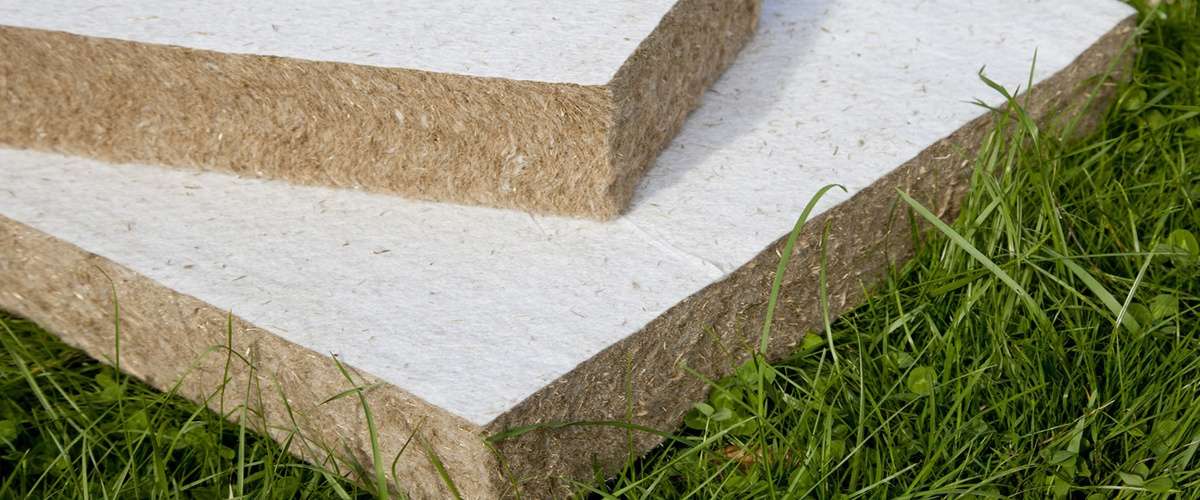

0 thoughts on “What Is The Best Outdoor Pipe Insulation”